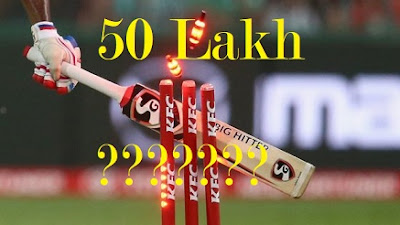Every cricket lover can feel the thrill
when bowlers uproot the stumps with their vicious Yorkers. The bails come off, and stumps and bails start glowing. The umpire raises his hand, the batsman is
declared out, and he has to walk back to the pavilion. Sounds good?
However, there are certain moments, like run-outs, when it is crucial to know at what moment the bails have been
dislodged. During close calls, the decision of batsman being out or not out
depends on that. Earlier, the moment of dislodging of bails was decided by the
judgment of umpires and that might have resulted in speculations over the
decision. But not anymore.
This blog will give you a technical understanding of what is going on behind this wonderful technique.
Bronte EcKermann of Zing International came
up with a set of stumps and bails which start glowing the moment bails are
entirely dislodged from the stumps. This makes it easy for the umpires to
take calls in run-out decisions. It is claimed that the sensors react within
1/1000th of a second after they have been dislodged,, thus eliminating
chances of any error in judgment.
The circuit of bails contains one light
sensor at each end and a LED circuit inside it. When they are placed over the
stumps, the light sensor cannot get any light, and hence the LED circuit is incomplete.
The moment they are entirely dislodged, the sensors get light, LED circuit gets completed, and the bails start glowing.
A similar kind of circuit is provided in
the stumps as well, but with the light sensor at only one end. Whenever the bails
are taken off, the light falls on the sensor and stumps the light up.
While the Zing wickets look pretty elegant
and help in better decision-making, they are pretty costly. Each system of
wickets and bails used in international games costs about Rs. 25 lakhs. So no
more taking home stumps after winning the match!
















